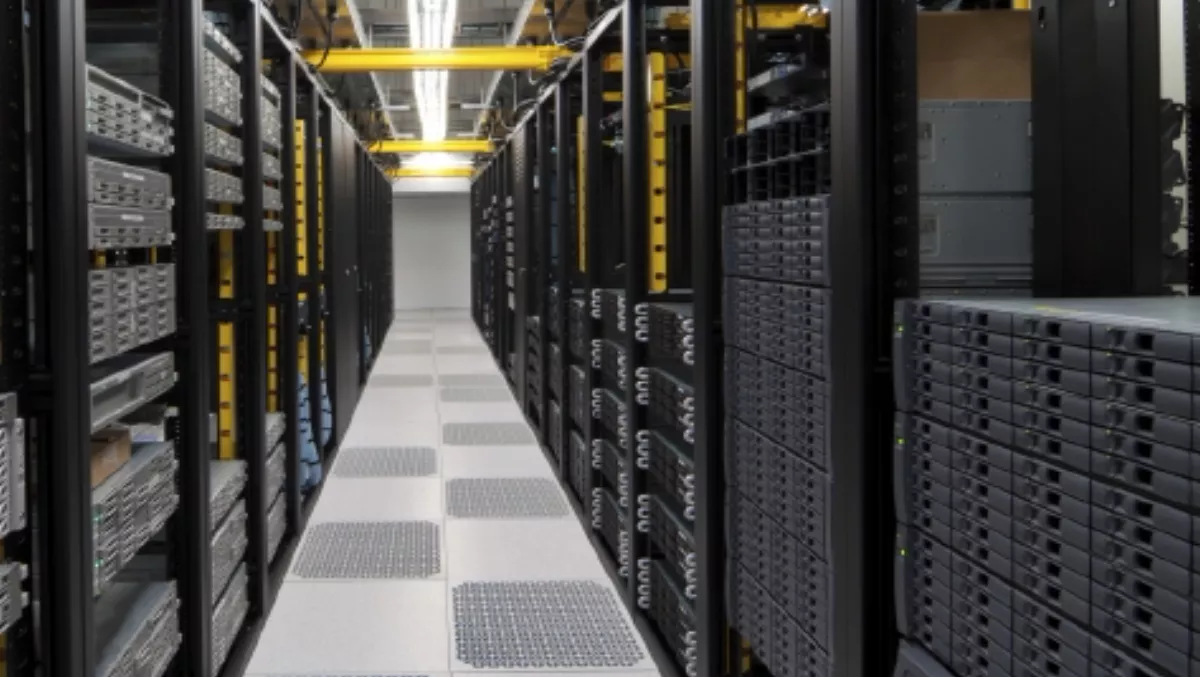
Westcon Imagine 2014 - IT equipment deployed in small businesses or branch offices is often installed in areas that are less than conducive to proper performance.
Maybe it’s a cramped closet, a small room jammed with supplies, or even a section in the middle of the office.
Often that equipment is no less important to the business than servers in a state-of-the-art data center are to a major corporation, says Simon Smith, Regional Manager, Schneider Electric IT Business. In either case, if the servers go down, the business may lose money or even customers.
“So don’t wait for a catastrophic event to occur to take steps to improve the IT equipment’s environment and supporting infrastructure,” he urges.
Powering IT equipment is typically not as simple as plugging it into a wall outlet because they require UPS to prevent damage or data loss in a power outage, and appropriate power distribution.
“A UPS with a capacity up to about 2,000 volt-amperes (VA) can be plugged into a standard 10A household (or office) wall socket. A 3kVA system typically requires a 16A wall socket, and UPS systems greater than 5kVA are typically hardwired from an electrical panel – meaning you need an electrician.”
Smith says most equipment, notably servers, is dual-corded, so they can, and should, be plugged into separate UPSs or rack PDUs for redundancy. “Even better, plug the UPSs into separate circuits, each fed by different breakers.”
Using UPS systems which can be managed remotely is a good idea for branch offices, enabling IT staff to get notifications about issues such as low batteries or overload. Some PDUs have switchable outlets, so equipment status can be monitored remotely and a hung server rebooted remotely, for example.
While small businesses may consider it difficult to justify the cost of a rack enclosure, a rack is a fundamental structure, enabling proper organisation of equipment and cables to prevent cables turning into a rat’s nest.
“And when you avoid the rat’s nest of cables, you’re likely to reduce downtime from human error.
“Racks are recommended for loads greater than 2kW because they promote proper airflow for cooling IT equipment by helping isolate hot and cold air streams so equipment is breathing cooler air.”
Some racks have locking doors providing additional security, especially important in open areas. Enclosed racks can include noise dampening so the fan noise from IT equipment doesn’t distract office workers.
APC by Schneider Electric has been the leading manufacturer of physical IT infrastructure solutions for the past 25 years, Smith adds.
“We’re known for our industry-leading InfraStruxure solution for data centers. We brought together our UPS, management, rack, power distribution and cooling offers to create a comprehensive solution for smaller environments called InfraStruxure for small IT.
“This solution can be utilised by IT managers in any small IT setting. Whether it is a small data center, an IT room, enterprise branch or network closet.
“Just because IT equipment isn’t housed in a traditional data center doesn’t mean it’s not vital to the business.”
To learn more about proper protection techniques, check out Schneider Electric white paper number 174 at www.apc.com/whitepaper/?wp=174 or call 0800 333 373.
For more information visit www.apc.com

